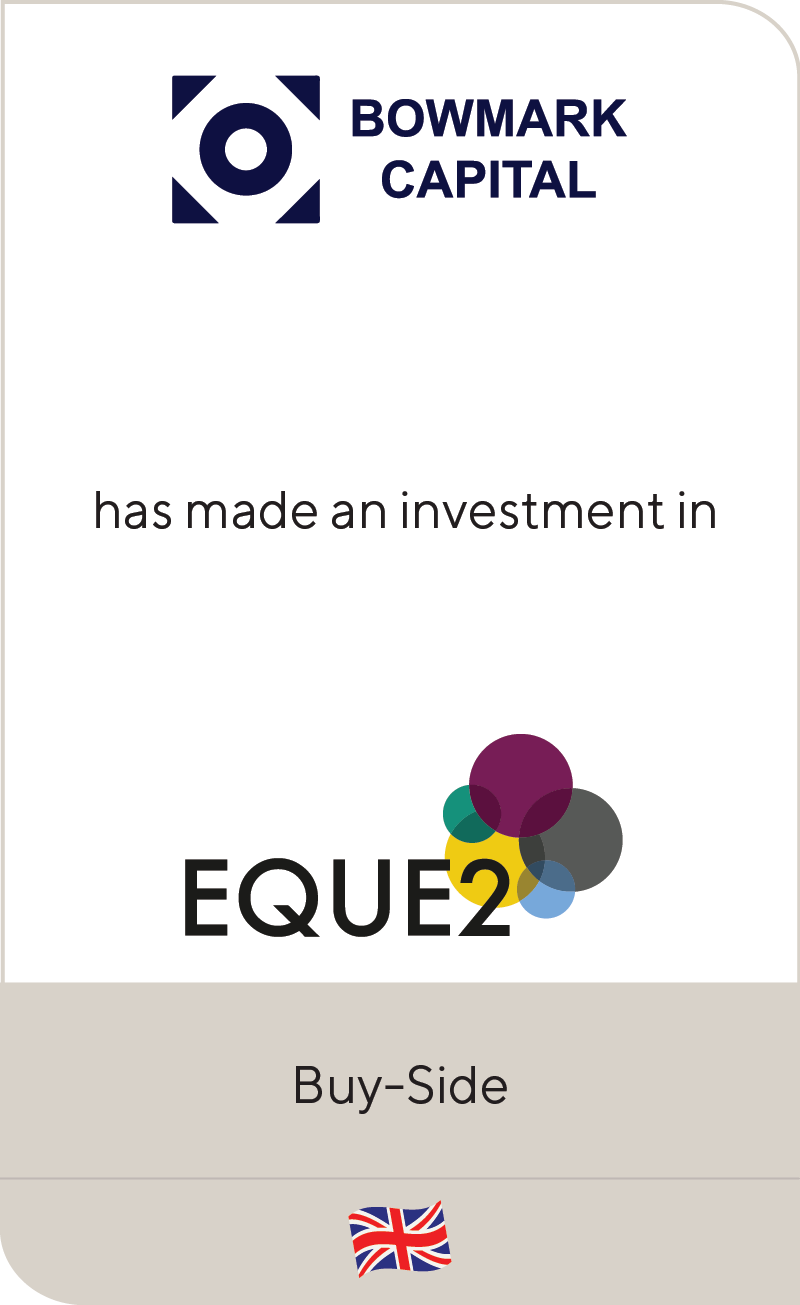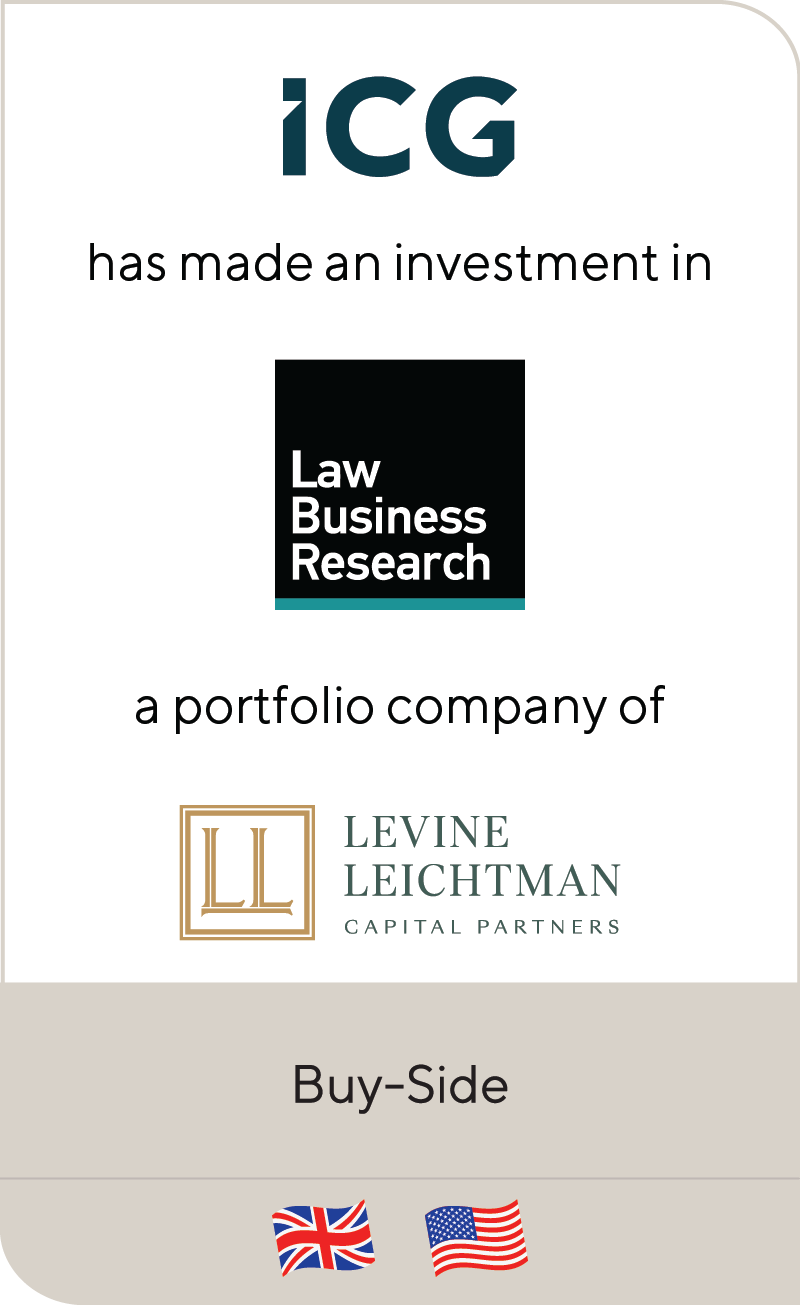UK M&A: Getting the Deal Done in Challenging Times, Through Value Creation and Due Diligence
Oct 2022
| Evolving market dynamics and the ever-shifting macroeconomic backdrop present significant challenges, but also opportunities for investors and corporates alike. |
Summary
-
Lincoln International takes a deep dive into M&A market dynamics and opportunities as well as changes to dealmaking.
- Click here to download a printable version of this perspective.
- Sign up to receive Lincoln's perspectives
Following a surprisingly strong first half of 2022 in terms of deal activity, market headwinds in the UK have since grown stronger. The prospect of a recession has recently heightened, and inflation is rising faster than expected. The combination of higher interest rates and higher inflation spells slower growth, which combined with geopolitical tensions results in volatile public markets and valuations. In addition, corporates as well as consumers are facing an escalating energy crisis, with tangible impacts across value chains and the globe.
However, in an environment where organic growth is likely to be hard to come by, or at least to reliably count on and forecast, strategic mergers and acquisitions (M&A) becomes an even more important tool to survive, and to eventually thrive.
Creating and unlocking value through strategy has become an imperative for most corporations. Those with strong balance sheets will use current pressures to their advantage, strengthening their positioning by acquiring market share, capabilities and technologies. Others will streamline their operations and refocus their core by means of divestment; private equity funds have, for a while now, been circling companies that went public prematurely.
We continue to believe in M&A through 2022, and we remain cautiously positive overall. We will likely see somewhat of a ‘cleanse’ and a valuation reset in some areas, albeit many agree that this ultimately is not a bad thing. Deals are being, and will continue to be, approached in new, more cautious ways.
This market provides an opportunity to build winners, while creating real value for all stakeholders. Assets capable of withstanding current diligence scrutiny and those more resilient to economic uncertainty will continue to create value for shareholders. With valuation corrections across some segments, those active in the peak of the market can look to strategic M&A as an opportunity to create attractive returns.
Below, Lincoln International takes a deep dive into M&A market dynamics and opportunities as well as changes to dealmaking.
M&A Market Dynamics and Opportunities
| Inflation: Inflation is hitting a 40-year high with U.S. and European rates above 8%; this trend is expected to persist through 2022. As inflation represents a threat to company earnings and erodes shareholder returns in real terms, due diligence, valuations, pricing, cost management and cash flow should be approached differently, considering present as well as future inflation.
Cost of capital: Rapidly rising interest rates cause many challenges. As the initial public offering (IPO) and high-yield markets remain practically shut, lending by credit funds will be key to providing much needed liquidity to the leveraged loan market and will likely put a floor under the M&A market. However, that capital will not come cheaply, and Lincoln expects we will see greater protections for lenders, such as increased covenants, going forward. Valuations: Firstly, due to volatility in public markets it is now an imperative to have accurate, relevant and reliable private market benchmarks for deals to get done. Secondly, lower valuations provide opportunities for corporate and private equity (PE) dealmakers to generate healthy returns, thereby driving M&A activity, evidenced for example by a significant increase in public-to-private transactions thus far in 2022. Geopolitical tensions: There is an increasing uncertainty related to the Russia / Ukraine conflict and China / Taiwan tensions. As a result, we are experiencing an energy crisis, supply chain disruptions and rising concerns around cyber warfare and information security. We are also seeing continued investment and deal activity in technology – particularly within digitization, cybersecurity and the supply chain – as a response to these dynamics. Labor shortage: A workforce strategy will need to be a priority in any deal as we are amid the highest wage inflation in decades. “The great resignation,” skills shortages and growing stakeholder focus on diversity and inclusion will all impact future business performance. To further fill the skills gap, we expect to see increasing demand for managed services, automation and operational efficiency solutions. |
Creative Approaches to Dealmaking in 2022
M&A in the first half of 2022 is back at pre-pandemic levels as dealmakers are adapting to a new business climate. Headwinds demand creative solutions and shifts in deal processes in order to get deals across the finish line.
| Due diligence: Thorough due diligence and an in-depth knowledge of the landscape, industry and value creation potential are becoming more important than ever. Deals may take longer, but they will also result in more solid investment cases and, ultimately, businesses.
Maximizing M&A: M&A will play an important role in corporate growth strategies. Companies should build trust with stakeholders and generate support for their M&A strategy that will deliver successful outcomes for the long term, and be ready to go when opportunity arises. Set the stage for the next five years with bold moves: By using M&A to pursue opportunities while delivering value in a challenging economy, those who pursue strategical deals with a strong capabilities fit will be best positioned for success. Capitalize on the value reset: Public and private market valuations are under pressure, offering an opportunity to create value. Take advantage of structural drivers: Supply chain resilience, portfolio optimization; environmental, social and governance (ESG), digital transformation and security remain priority areas on corporate agendas and for investment. Value creation and returns: Focus on sophisticated value creation strategies along with a laser-like focus on dealing with inflationary cost increases to generate returns, with models sufficiently stress-tested to consider various uncertainties across the top and bottom line. Be competitive: Corporates are facing intensified competition for large targets as PE goes upstream and see attractive opportunities from peer-to-peer situations, keen to deploy large sums of cash combined with leveraging multiple arbitrage and premature public listings. |
Contributors
Meet Professionals with Complementary Expertise in UK M&A

I deliver a hands-on approach to provide strategic advice to my clients throughout the transaction and beyond.
Chris Brooks
Managing Director & European Co-head of TMT
London
It’s extremely rewarding to work in one of the largest and most diverse global business sectors helping support clients to realize their goals.
Matthew Lee
Managing Director, Head of UK & European Co-head of Healthcare
London
I take a long-term approach to building relationships and understanding clients' businesses in order to provide timely and relevant advice.
Alex Masters
Managing Director & European Co-head of Consumer
LondonRelated Perspectives in UK M&A

Investors in Healthcare | Q&A with Lincoln Professionals
Originally posted by Investors in Healthcare on July 25, 2024. Lincoln International, the U.S.-headquartered global investment banking advisor, is a well-known name in the European healthcare markets, providing advice to… Read More

Lincoln International adds Vinod Stalam as Managing Director
Lincoln International, a global investment banking advisory firm, has expanded its Business Services Group with the appointment of Vinod Stalam as a Managing Director in London. Vinod will provide mergers and… Read More

Real Deals | Maintaining Momentum: The Outlook for M&A in the Healthcare Sector
Originally posted by Real Deals on May 31, 2024. RD: Which sub-sector of healthcare is currently attracting the most investment? Dirk-Oliver Löffler: Provider business is still one of the core… Read More

GP Minority Stakes Investments Set to Take Off in Europe’s Mid-market
There is a huge opportunity for mid-market general partners (GPs) in Europe to take advantage of the growing interest in them by the rapidly emerging specialist GP minority stakes fund… Read More



















